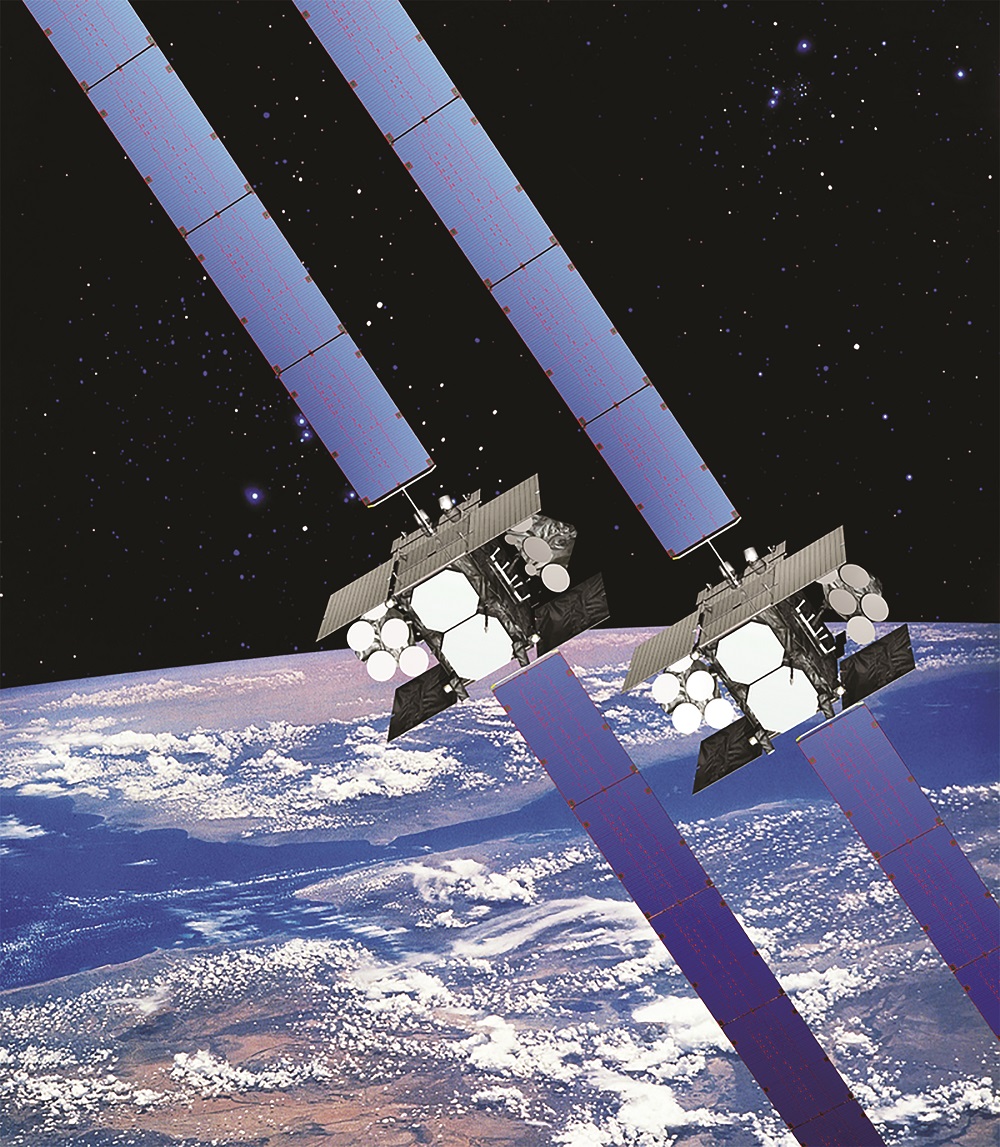WASHINGTON — What mix of satellites will be needed to meet rising demand for connectivity and make systems resilient to cyber attacks will be the subject of a deep-dive study by the U.S. Space Force.
The work will be done by the Space Warfighting Analysis Center, or SWAC, a new organization created to design the military’s future space architecture.
The SWAC will seek to answer questions such as how much satellite capacity in what orbits is needed to support U.S. military users and how much of that demand could be met by commercial satcom, versus government-owned satellites. SWAC analysts will use models and simulations to to design hybrid architectures of commercial and government satellites and assess their vulnerabilities to threats like cyber attacks.
The SWAC is tasked to look at what technologies and systems will be needed by the future force and help the Space Force develop a procurement strategy, David Voss, director of the SWAC’s spectrum warfare center of excellence, said Jan. 7.
Voss spoke during a virtual event held by the Mitchell Institute, a nonprofit advocacy group that published a report last month suggesting that DoD needs to rethink its approach to buying satcom. The report noted that the current architecture relies on decades-old technology and was not designed for the speed and complexity of military operations in the information age.
The SWAC will design an architecture that would address the needs of all DoD users, Voss said. The analysis will be reviewed by the Pentagon’s Joint Staff so it can inform requirements documents that are needed to get funding approved and start new procurement programs.
The procurement of commercial satcom for the U.S. military is managed by the Space Systems Command’s Commercial Satellite Communication Office, known as CSCO. But multiple other agencies and organizations within DoD also acquire satcom, resulting in fragmented efforts and incompatible equipment, the Mitchell Institute pointed out in the report:
“Historically, numerous authorities spread across different combatant commands, services, DOD agencies, and acquisition organizations have been responsible for procuring and operating various satcom systems and services … The current satcom enterprise consists of highly customized capabilities with limited interoperability and operational flexibility.”
The SWAC will examine the problem with a broad scope. One of the questions it will address, said Voss, is how commercial networks could be weaved into the military’s satcom enterprise and what impact that might have on the resiliency of networks and on ground-equipment requirements.
Voss said the architecture design would be a long-term project and get continuous updates. “It will be a work in progress for a while,” he said. “We can’t wait years to do analytics and make decisions so we are implementing at the SWAC a continuous integration model of analytic processes.”
The Mitchell report argues that the Space Force and DoD need to pay immediate attention to this issue. Space-based communications is a critical capability to enable data sharing and interoperability across the military services, the report said. Commercial companies are offering low-latency and high-bandwidth broadband services in low, medium and geostationary orbits, providing DoD an opportunity to bring these services into the military satcom architecture.
“The U.S. military relies on satellite communications to support the bulk of its over-the-horizon communications, but its current systems are poorly aligned to meet the requirements of its emerging operational concepts and are increasingly vulnerable to adversary counterspace capabilities,” said the report. “Modern military operations are increasingly data intensive and dispersed, requiring secure networks to reliably share large amounts of data with minimal latency over vast distances, across different domains, to large numbers of users.”
Satcom issue was studied for years
Before the Space Force was established, the Air Force spent years studying the military’s future satcom needs. An “analysis of alternatives” mandated by Congress started in 2016 and wrapped up in 2018. It looked at how military and commercial systems could collectively provide a resilient architecture able to withstand cyber attacks and electronic jamming.
The study found that integrating purpose-built satellites and commercial systems into a hybrid architecture “would save costs and provide more capability than any single purpose-built or commercial system alone,” the Government Accountability Office said in a December 2019 report. GAO pointed out that DoD did not take action to implement those recommendations.
GAO noted that DoD uses a mix of purpose-built satellites — such as as the Wideband Global Satcom constellation — and commercial satcom contracts but has not historically managed these systems in coordination.
Congress in recent years has specifically directed DoD to integrate commercial satcom into its architecture, and appropriators in the 2019 defense budget added nearly $50 million for “commercial satcom integration.”
The Space Force in February 2020 unveiled a plan to change how it acquires satellite-based communications for DoD. “Despite the global, instantaneous reach of our satellite communications systems, which includes both military and commercial capabilities, the current loose federation of satcom systems needs to improve in resiliency, robustness, flexibility and manageability,” said the Space Force.
